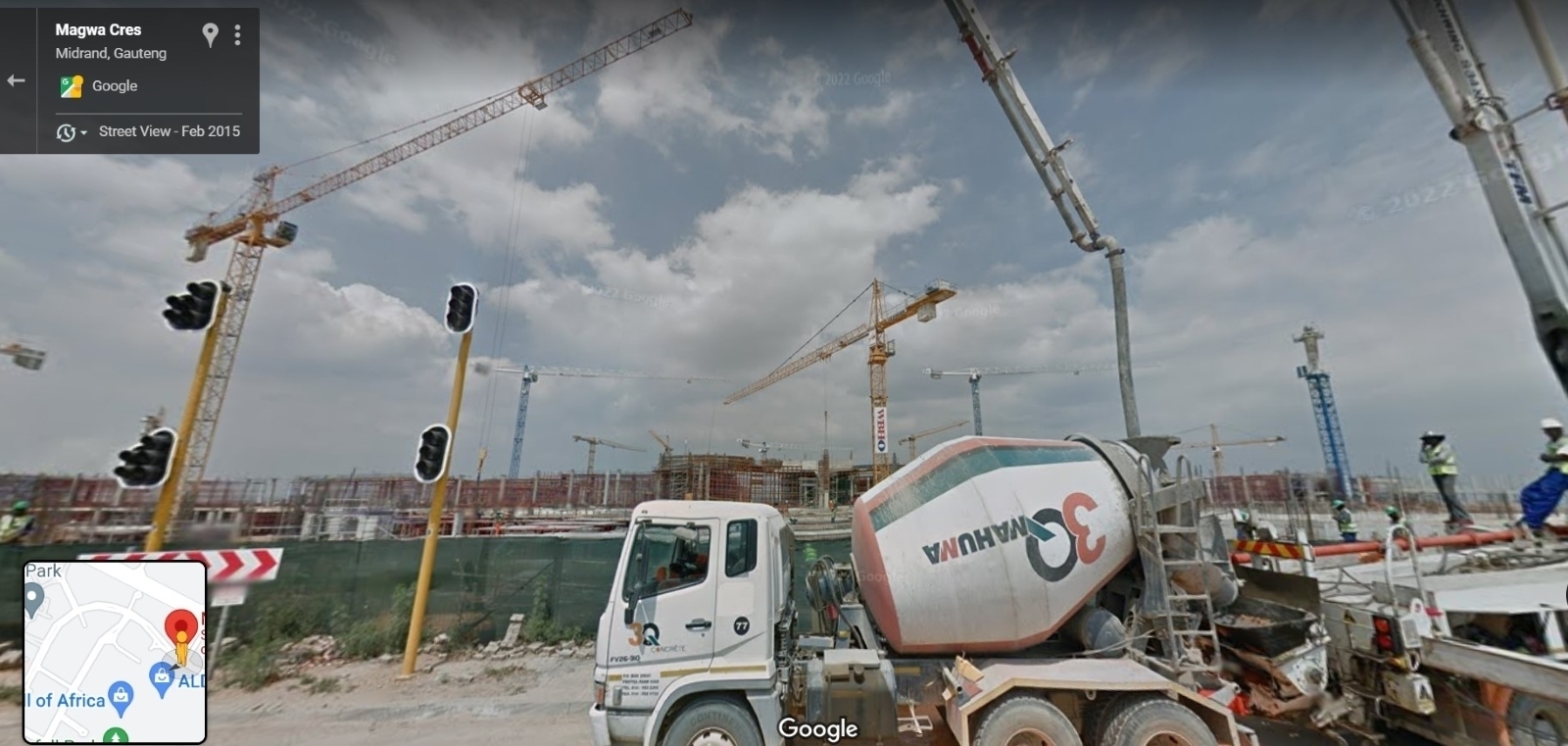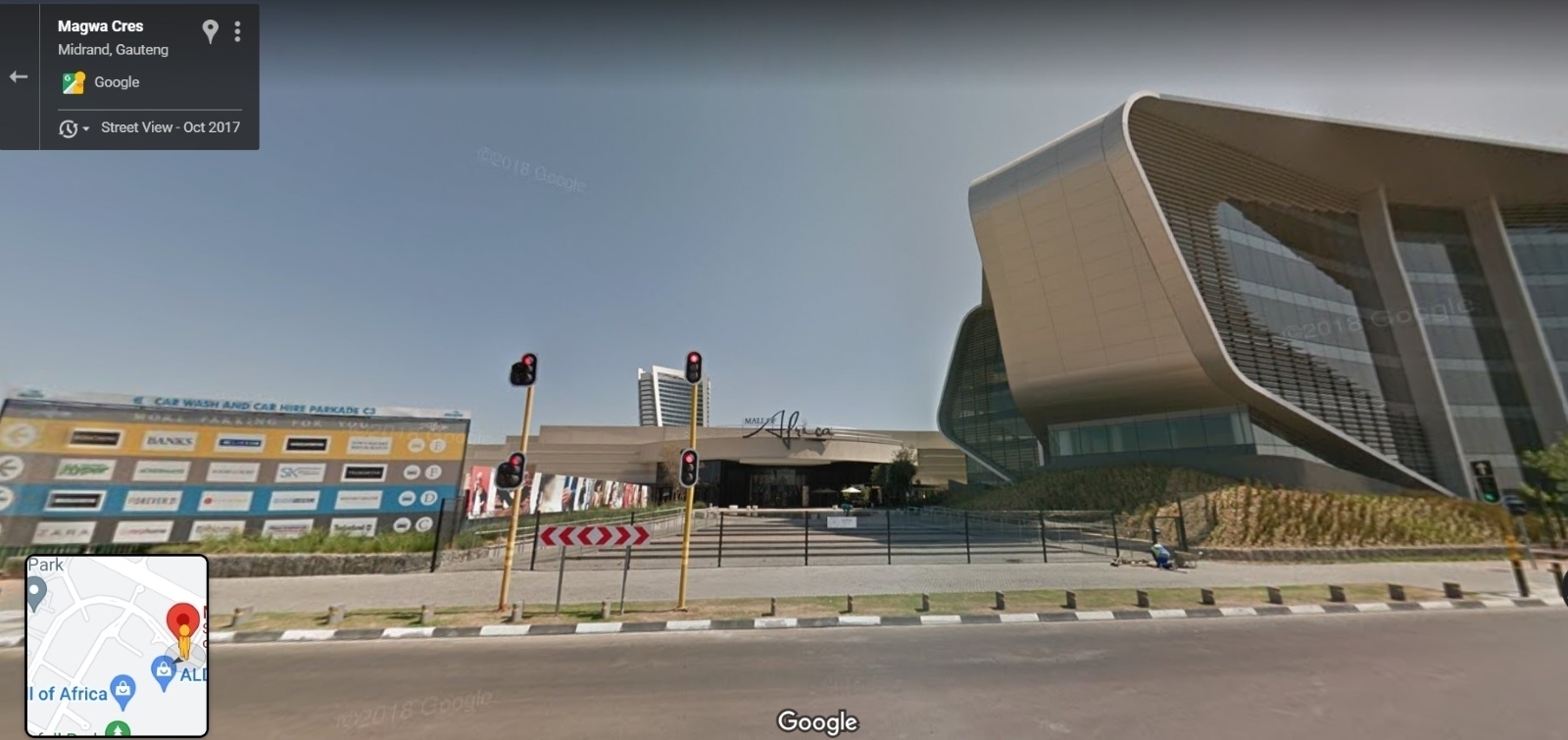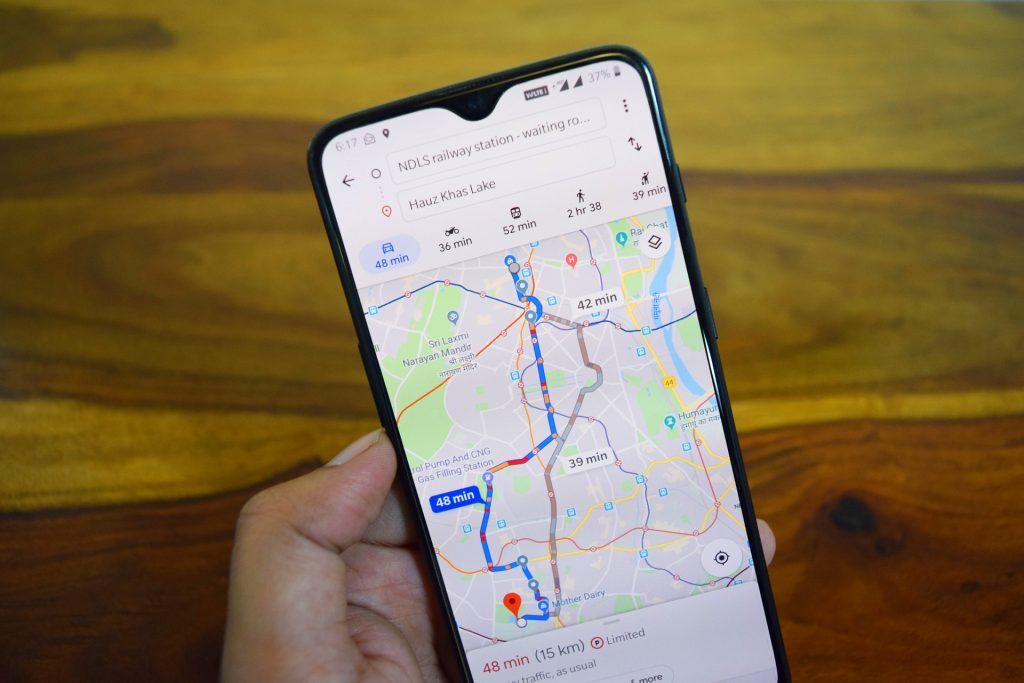It’s pretty wild that we can look up almost any address in the world, and get a view of it instantly. Obviously, it’s crazy technology. But it’s become so commonplace that we take it for granted. And maybe with good reason. Every year, Google updates plenty of places across Google Maps, allowing us to get current views of the world.
With all its updates, Google Maps has built up a collection of digital data. Now, Google is making older data useful again. It’s not just sitting on a server somewhere, of no use to anyone. Google has added the ability for users to go back in time and view the historical data of places using Google Street View, a feature announced back in May.
Great Scott!
Getting access to a place’s history takes a few clicks more than you’re used to. If you’re on the web version, it’s as simple.
Open up Google Maps, find the place you’re after, and drag the little orange man to wherever you want to see historical imagery. Street View will open up, and near the top left under the address, you’ll see “Street View – Date”. Click here, and you’ll see a timeline of the location’s history over the years.


Of course, you’re limited to the data that Google has on specific locations. The problem is that places across South Africa aren’t updated as often as the rest of the world is. But it doesn’t mean our addresses are all bare – most will have around five or six years’ worth of time travel available.
Read More: Google’s South African domain went down briefly. But it’s back up, crisis averted
The same can be done on the iOS and Android app versions, in almost the same way. Search the address you’d like to visit and follow it up with a tap on the street you’re viewing. Enter Street View mode, and a prompt will appear at the bottom of the screen offering to let you ‘see more dates’. Just select the available time you’re after. It’s as simple as that.
